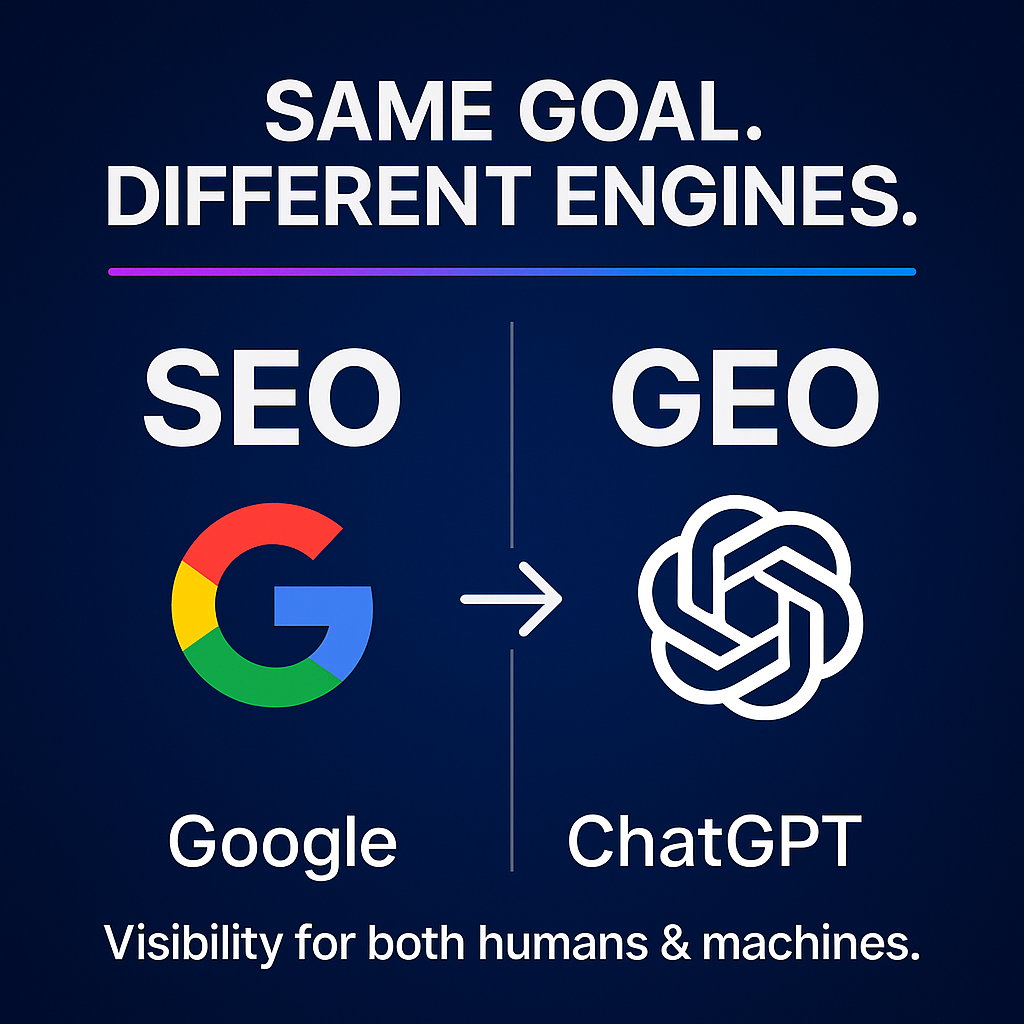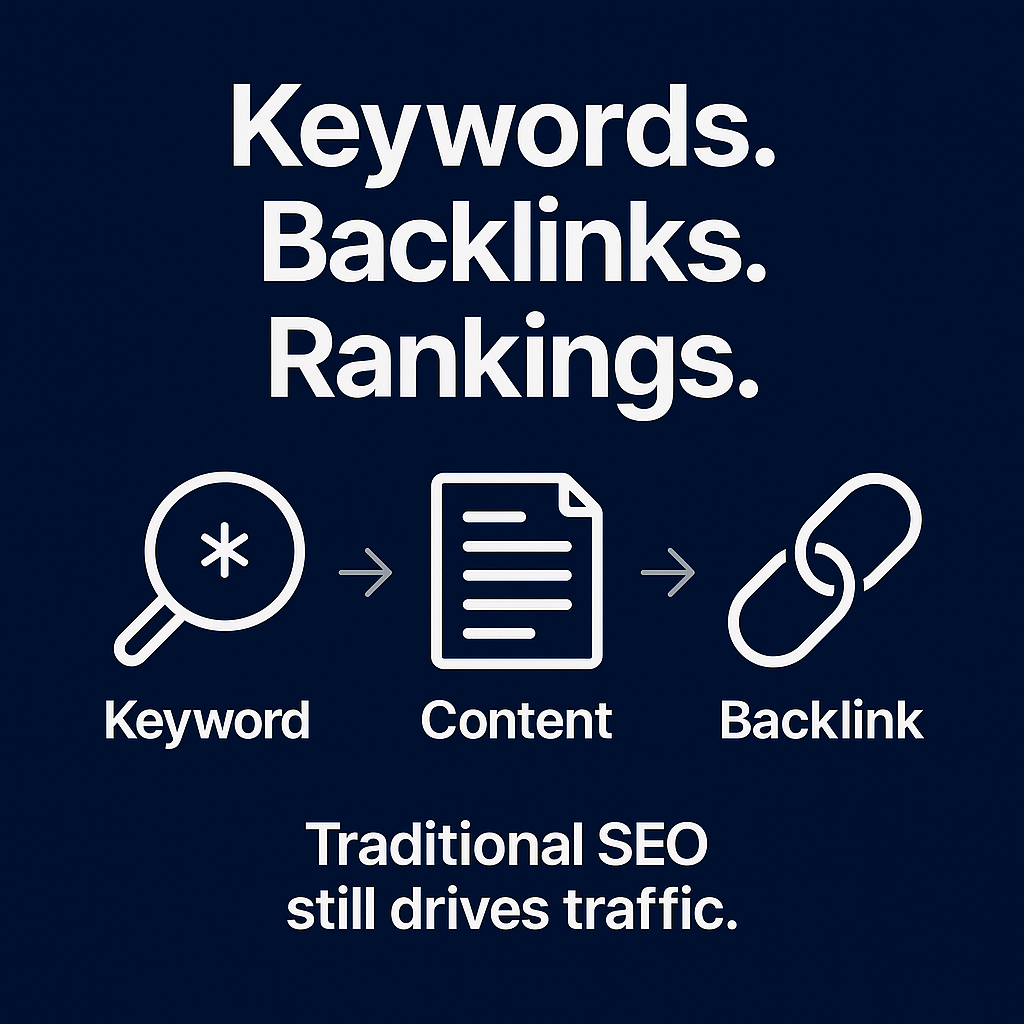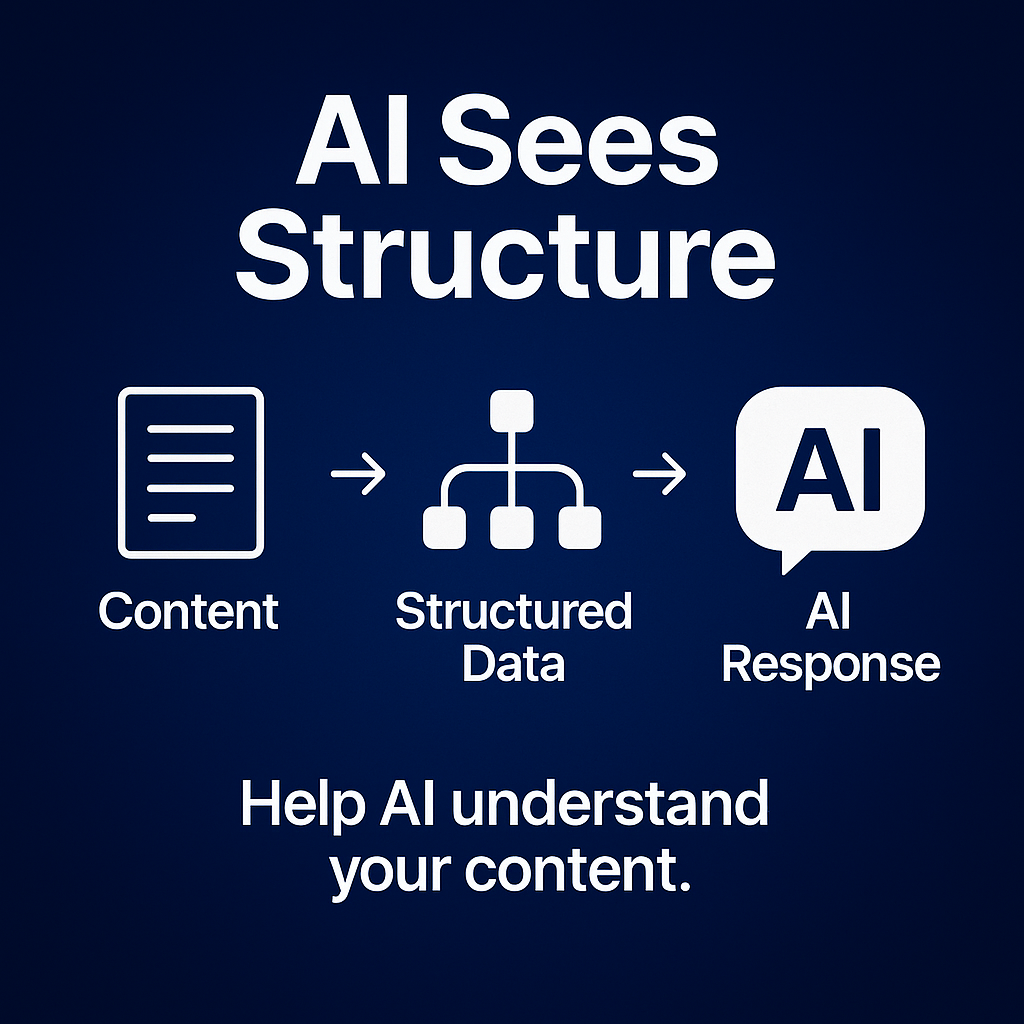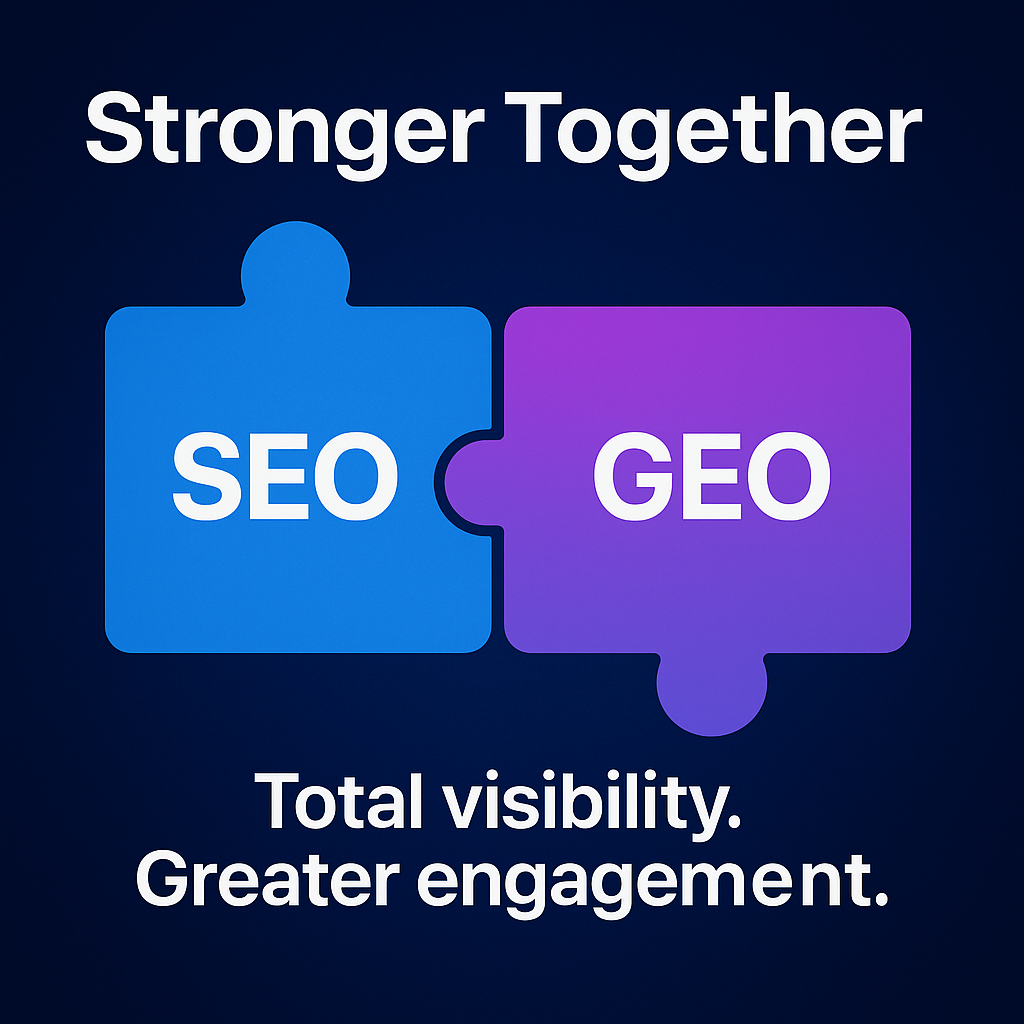
SEO Specialist
.jpg)
When it comes to digital marketing, you need to know the difference between SEO vs GEO. SEO is about improving your website’s visibility on traditional search engines like Google through keyword optimization and quality content. GEO is about creating AI-friendly content and using structured data for AI-driven search engines like ChatGPT. This article will break down how each works and how to combine them for maximum impact.

SEO and geo and seo have the same goal: to increase website visibility. But they cater to different search engines. Traditional SEO is all about improving rankings on search engine results pages (SERPs) through keyword optimization, quality content and backlinks. SEO is still important.
GEO is about AI-driven engines like ChatGPT and Google’s AI Overviews, optimizing for synthesized responses. Both are crucial for digital marketing success in today’s online landscape.
Search Engine Optimization (SEO) is a digital marketing staple and its seo aims to increase a website’s ranking on traditional search engine results pages (SERPs). A mix of keyword research, quality content creation and backlink building is used in SEO strategies to improve visibility and attract organic traffic.
Optimizing content to user intent and search behavior helps SEO improve relevance and authority, making your website stand out in a crowded digital space.
Generative Engine Optimization (GEO) is the new SEO, for AI-driven answer engines that synthesize information to generate responses. GEO strategies focus on creating AI-friendly geo content, implementing structured data and ensuring contextual clarity to meet generative engines algorithms standards.
Aligning content with ai systems criteria will enhance GEO visibility in AI-generated responses, meet modern users’ evolving expectations. To be effective, you need to seo with these criteria.

Traditional SEO techniques are divided into on-page and off-page strategies, both to increase website visibility on search engines. On-page strategies involve optimizing content, layout and HTML elements like meta tags. Off-page strategies focus on building backlinks and improving domain authority.
Together, these strategies form a solid SEO strategy that improves search rankings and drives organic traffic.
Keyword research is the foundation of traditional SEO practices. It involves identifying relevant keywords that match user queries. Placing these keywords in titles, headers and throughout the content helps SEO match keywords to user intent, increase SERP visibility.
This process ensures content is optimized to answer specific user queries, drive organic traffic and improve organic search rankings.
Creating high-quality content is key to SEO success. Google favors content that is informative, engaging and relevant to users’ needs. To create content, high-quality content not only builds trust and authority but also user engagement which is important for search rankings.
Incorporating citations from multiple authoritative sources can further boost content credibility and visibility especially in AI-driven searches.
Backlinks or inbound links from other websites are a part of traditional SEO methods. Quality backlinks from authoritative sites increase website credibility which in turn can significantly improve search rankings.
Building a network of credible backlinks helps build trust with both users and search engines, resulting to better online visibility and higher rankings on search engine results pages.

Generative Engine Optimization (GEO) is a departure from traditional SEO practices, focusing on AI-driven search engines and generated responses. GEO strategies are about AI-friendly content, structured data and direct answer formatting to increase visibility in AI-generated results.
This approach caters to the growing use of AI tools like ChatGPT and Google’s AI Overviews, to optimize content for modern search behaviors.
Structured data is important in GEO, to help AI engines understand and prioritize content. Implementing structured data helps businesses increase visibility in AI-generated responses and user experience.
This holistic optimization approach ensures optimized content meets AI standards for comprehension, to be effective in AI-driven searches.
Ensuring relevance and clarity in content is important for GEO. AI-driven engines require contextually clear and relevant content to generate accurate responses. Optimizing content for relevance and clarity increases online visibility and user engagement in AI-driven searches.
This means integrating keywords contextually and creating content that directly answers the user’s intent, search intent and user intent.
Citing authoritative and credible sources is a powerful strategy in GEO. Incorporating references from authoritative and credible sources increases content trustworthiness and chances of being featured in AI-generated content.
Citation optimization involves strategically embedding these references to build authority and engage with AI-driven search platforms.
While both SEO and GEO aim to increase website visibility, they differ in focus and techniques. SEO targets traditional search engines, keyword optimization and backlink building. GEO targets AI-driven platforms, structured data and AI-friendly content.
This fundamental shift changes how users interact with digital content, making contextual relevance and AI alignment crucial.
SEO and GEO target different platforms, SEO targets traditional search engines and GEO targets AI-driven search engines. Combining both is recommended to maximize visibility and engagement across these platforms.
This complementary approach ensures a Comprehensive Answers digital presence, increases user engagement and overall marketing effectiveness.
Traditional SEO techniques involve manual keyword research, backlink building and technical audits to increase website visibility and authority. GEO techniques use structured data and AI-driven content creation, focusing on user engagement metrics to optimize for modern search engines.
Integrating these methods can give you a competitive edge in the digital landscape.
Success metrics differ between SEO and GEO. Traditional SEO metrics are rankings and organic traffic, GEO uses impression metrics to measure how often content appears in AI-generated responses. Understanding these different metrics is important to measure SEO efforts and optimize for both traditional and AI-driven search engines.

Combining SEO and GEO strategies can supercharge your digital marketing. Combining the strengths of both approaches allows you to optimize content for traditional search engines and AI platforms, to maximize visibility and engagement.
This integrated approach uses insights from both strategies to create a comprehensive digital marketing strategy.
SEO and GEO are complementary strategies that increase digital presence across multiple information retrieval channels. Combining these approaches allows businesses to keep up with AI technologies and user expectations, to stay ahead in the digital landscape.
This combined approach optimizes content for both traditional search engines and AI platforms.
To integrate SEO and GEO practically:
These are actionable content strategy insights.
Using AI tools for content generation and organization can also simplify the integration process.
The future of SEO and GEO is shaped by AI and machine learning. AI powered search engines are moving the focus towards entities and providing personalized, context-aware search experiences, to e e a t.
Businesses that adapt to these technological changes and evolving consumer behavior will thrive in the future of digital marketing.
AI and machine learning are becoming part of search engine functionality, changing how information is retrieved and presented. Platforms like ChatGPT and Google AI Overviews will dominate the search market, changing search behavior. These technologies make search more relevant by understanding user intent better, a big shift from traditional SEO.
User behavior is evolving with AI-driven search technologies, including Google’s search generative experience. 70% of consumers trust generative AI search results, a big shift in SEO and GEO approach to meet these expectations, backed by stats.
Businesses must align with these changes to stay relevant and engage their audience.
Future proofing for SEO and GEO means leveraging AI technology to stay ahead. The potential of Generative Engine Optimization (GEO) is huge, businesses must adapt to these technological changes to succeed in the digital landscape.
As the digital landscape evolves, combining SEO and GEO is key to maximize visibility and engagement. By understanding the differences and leveraging the strengths of both strategies, businesses can create a comprehensive digital marketing approach that meets traditional and AI-driven search engines. Embracing these strategies will keep your brand competitive and relevant in the ever changing digital world.
SEO targets traditional search engines for keyword rankings and traffic, GEO is all about making content friendly for AI-driven engines using structured data. So if you want to be visible in both, you need to adapt.
Yes! Combining SEO and GEO strategies increases your online visibility and engagement, giving you an edge in local and broader searches.
Structured data helps GEO by allowing AI to understand and prioritise content, resulting in better visibility in search results and a better user experience.
We measure GEO success by impression metrics, how often your content shows up in AI-generated responses, not just rankings or organic traffic like with SEO. It’s all about visibility in the AI landscape!
User behavior impacts SEO and GEO, especially with generative AI, so businesses must adapt to changing expectations. Being in tune with how users search is key to digital marketing.